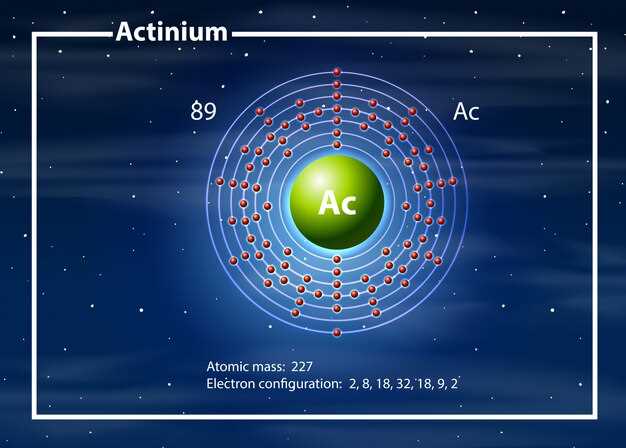
Discover the powerful pharmaceutical properties of Azithromycin dihydrate with our innovative partition coefficient formula. This groundbreaking solution offers enhanced bioavailability and efficacy, ensuring optimal results for your patients.
Benefits:
– Increased solubility
– Improved drug delivery
– Enhanced therapeutic outcomes
Try Azithromycin dihydrate partition coefficient today and elevate your pharmaceutical practice to new heights of success!
Overview of Azithromycin

Azithromycin is a broad-spectrum antibiotic that belongs to the macrolide class. It is commonly used to treat bacterial infections such as respiratory tract infections, skin infections, and sexually transmitted diseases. Azithromycin works by inhibiting the growth of bacteria, thereby stopping the infection from spreading further.
One of the key advantages of Azithromycin is its long half-life, which allows for once-daily dosing and shorter treatment durations compared to other antibiotics. It is well-tolerated by most patients and is available in various formulations, including tablets, capsules, and oral suspensions.
Overall, Azithromycin is a versatile and effective antibiotic that plays a crucial role in combating bacterial infections and improving patient outcomes.
Mechanism of Action
Partition coefficient plays a crucial role in the mechanism of action of Azithromycin. It affects the distribution of the drug between different tissues and the bloodstream, ultimately influencing its effectiveness. The partition coefficient of Azithromycin dihydrate helps determine how readily the drug can penetrate cell membranes and reach its target site in the body.
When Azithromycin enters the body, its partition coefficient dictates how efficiently it can pass through biological barriers and interact with its molecular targets. A higher partition coefficient can indicate better membrane permeability and improved drug delivery to specific tissues or organs.
Importance of Partition Coefficient
The partition coefficient is a crucial parameter in pharmacology and drug development. It describes the distribution of a compound between two immiscible phases, typically a hydrophobic and a hydrophilic phase. Understanding the partition coefficient of a drug molecule is essential for predicting its behavior in biological systems.
Enhanced Drug Delivery
A high partition coefficient can enhance the delivery of a drug to its target site. Compounds with a higher partition coefficient tend to accumulate in lipid-rich environments, such as cell membranes, leading to increased drug efficacy.
Optimization of Formulation
By measuring the partition coefficient, researchers can optimize the formulation of a drug to improve its solubility and bioavailability. Adjusting the chemical structure of a compound to modulate its partition coefficient can enhance its pharmacokinetic profile.
The partition coefficient is a valuable tool in drug development, providing insights into the behavior of compounds in biological systems and guiding the formulation of effective therapies.
Measurement Techniques
In pharmacology, the measurement of the partition coefficient is crucial for understanding the distribution of a drug in various tissues and fluids in the body. There are different techniques used to determine the partition coefficient of a drug, such as:
Shake-Flask Method:
This is a classical method where the drug is dissolved in two immiscible solvents (usually water and an organic solvent) and shaken to establish equilibrium. The partition coefficient is then calculated based on the concentration of the drug in each solvent phase.
High-Performance Liquid Chromatography (HPLC):
HPLC is a modern analytical technique that separates and quantifies substances in a mixture. By measuring the retention time of the drug in a chromatographic column with different solvents, the partition coefficient can be determined.
| Technique | Advantages | Disadvantages |
|---|---|---|
| Shake-Flask Method | Simple and cost-effective | Time-consuming and requires skilled personnel |
| HPLC | Precise and efficient | Requires specialized equipment and expertise |
Applications in Pharmacology

Azithromycin dihydrate, with its high partition coefficient, plays a crucial role in pharmacology. It is widely used in the treatment of various bacterial infections, such as respiratory tract infections, skin infections, and sexually transmitted diseases. Azithromycin is a broad-spectrum antibiotic that inhibits bacterial protein synthesis, making it an effective choice for treating a wide range of infections.
Due to its favorable pharmacokinetic profile, Azithromycin has good tissue penetration and a long half-life, allowing for convenient dosing regimens. This property is particularly valuable in the treatment of chronic infections where sustained drug levels are necessary for therapeutic efficacy.
Furthermore, Azithromycin’s low propensity for drug interactions and relatively mild side effect profile make it a preferred choice in clinical practice. Its convenient once-daily dosing regimen enhances patient compliance and treatment outcomes.
In conclusion, the unique properties of Azithromycin dihydrate, coupled with its applications in pharmacology, underscore its importance as a valuable antibiotic in the management of various bacterial infections.
